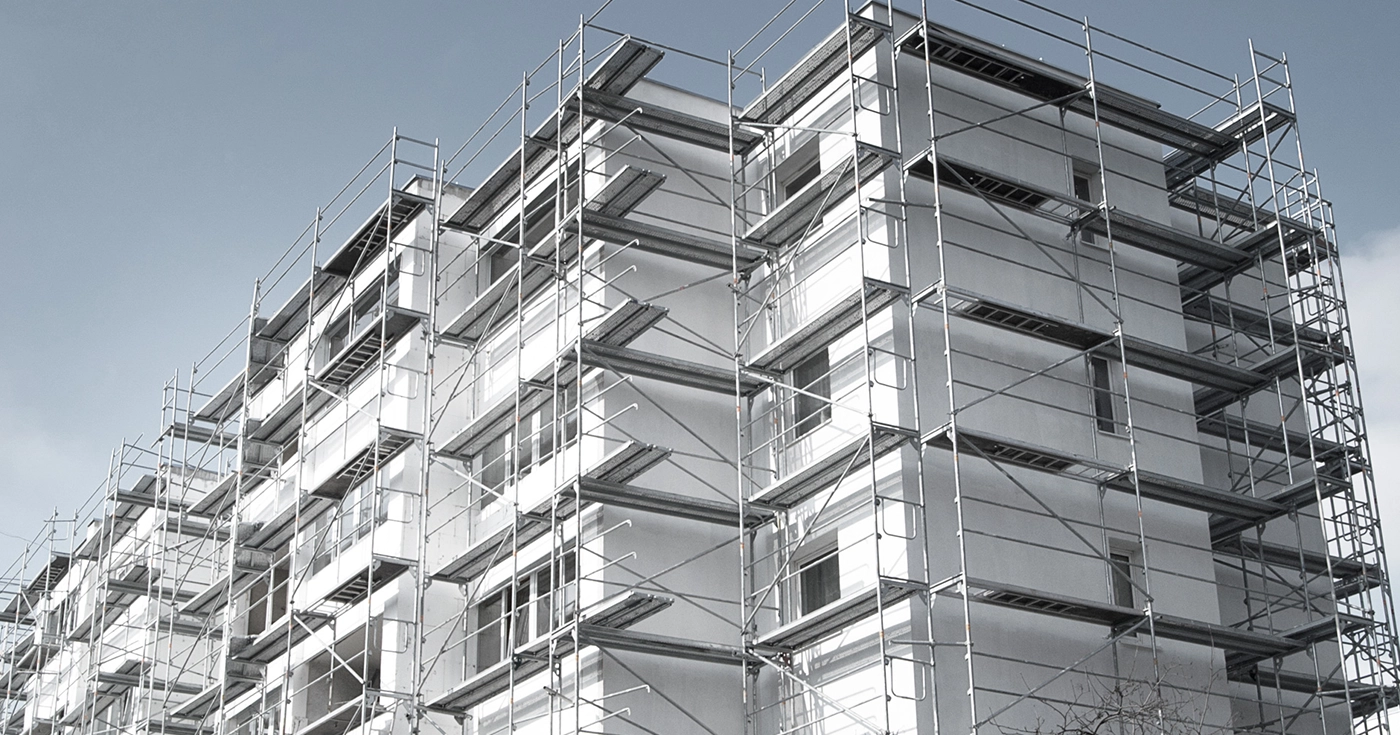
Build to rent gains momentum in Spain
In recent years, the Spanish real estate market has witnessed the rise of Build to Rent (BTR). Unlike the traditional Build to Sell (BTS) model, where properties are sold immediately after construction, BTR involves the construction of buildings specifically for rental purposes, rather than being sold to individual owners. This real estate model is increasingly attracting investors, developers, and tenants alike.
In 2023, Build to Rent grew by 27% compared to the previous year, with over 11,000 homes in Spain. This is reflected in the latest study by Activum Real Estate Consulting, which provides a detailed snapshot of the current BTR landscape, the key players, and the investment opportunities this segment offers. According to the real estate firm, 6% of developers’ projects initially planned for sale in 2023 evolved into BTR. The rental housing deficit is prompting many developers to opt for this model to advance their projects.
The exponential growth of BTR in recent years reflects a change in market preferences and behaviors. Difficulties in accessing homeownership force many, especially young people but also many families, to opt for renting. At the same time, the current shortage of available rental housing in Spain is further driving the growth of BTR.
Madrid leads BTR, while Andalusia soars
Madrid leads the BTR market and stands out as the main attraction point for this segment. In the capital, the number of Build to Rent projects has experienced notable growth, up 115% in the past year, largely driven by the demand from new generations who prefer the flexibility of renting over owning. Of the 11,000 available units nationwide, Madrid, with 5,859 BTR homes, represents 46%.
Growth is also very significant in Andalusia, from 200 homes the previous year to 1,775 current homes. 49% of these are concentrated in Malaga and Seville, accounting for 26% of the BTR supply.
The Valencian Community, for its part, shows solid growth with a 46% increase, reaching over 1,400 BTR homes on the market. Valencia accounts for 57% of this supply and Alicante 17%.
Catalonia also has a notable offer (1,100 homes). Despite a 30% decrease from the previous year, it remains an important region with 1,123 available homes. In this case, Barcelona gathers 23% of the total, followed by Tarragona with 13%.
The Activum analysis also indicates an increase in rental prices, particularly in Madrid. One-bedroom apartments increased by 34% between 2022 and 2024 (€1,100 in 2024), two-bedroom apartments by 12% (€1,166 in 2024), and three-bedroom apartments by 22%.
Key players
Regarding the distribution of key players in the Build to Rent market in Spain, Vivenio stands out, leading the list with approximately 25% of the total available homes. They are followed by Be Casa Essentials by Greystar (10%), Vivia Homes (9%), Stay Homes (7%), and Bialto and Rental Homes (Neinor Homes), with 5% each.
BTR as a solution to Spain’s housing problem
Large investment funds and major Spanish developers are clear that BTR offers a clear business opportunity and a key solution for the future of residential rental in Spain. Companies like Gestilar, Aedas Homes, and AQ Acentor hold the largest number of BTR developments.
For companies like Grupo Avintia Real Estate, affordable BTR is already at the center of their action plan: it accounts for more than 90% of their business, and they plan to end 2024 with more than 4,000 homes in their portfolio.
Although BTR is booming, it faces certain challenges in Spain, such as rental market regulation and the need to balance supply and demand. However, long-term prospects are optimistic. Activum anticipates that the BTR model will continue to expand and consolidate as a viable and attractive option for both tenants and investors.

